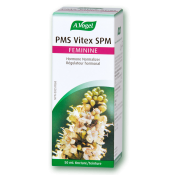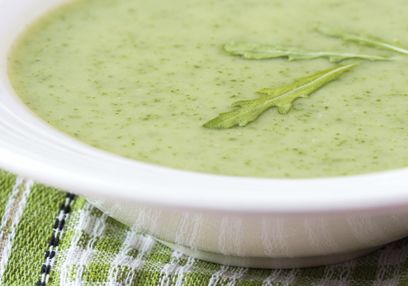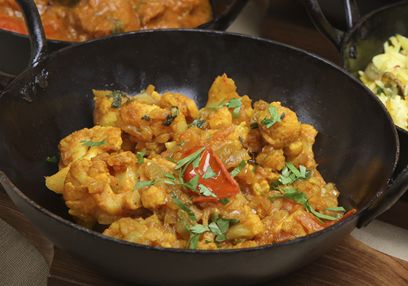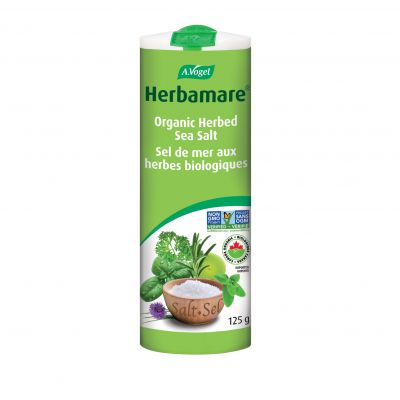Are periods more painful in perimenopause?
We do get this question a lot. As your periods start to change, other things can happen too. A lot of women start to get confused about whether things are okay, whether they're supposed to happen, or whether something is wrong with them.
Period changes during perimenopause
Perimenopause is when your periods start to change as you approach menopause. At this point, your periods can come closer together, become longer or heavier, or they can do the complete opposite: they can start coming irregularly or further apart, or they can get lighter. You might even find you're having only one period every three months or so.
While all of these issues are normal, they can affect how you feel and also cause a lot of pelvic discomfort.
Is increased period pain normal?
If your periods start to come closer together or last longer, you can end up with an iron deficiency. Low iron levels can cause quite a few health issues, so this is something that you need to watch for if you've had more than a couple of periods that went on for a little longer than usual or were a little bit heavier.
When you start to miss periods, it's because your estrogen is not getting high enough each month to trigger a period. But there is still a build-up in the lining of the uterus, and when you finally do have a period, your uterus starts shedding that lining, potentially causing spasms, cramping and pain.
Other symptoms can be a factor too. Once your estrogen levels start to fall, you might start missing periods. Lower estrogen levels can also increase your pain perception, so you feel more pain than normal.
What can also happen is that, as your estrogen starts to change, so can the amount of magnesium you absorb, especially if you're not already getting enough from your diet. Low magnesium levels will contribute to stomach cramping accompanied by uterine cramping when you get your period.
What else could be causing the pain?
Another thing that can cause a lot of pain in the pelvic area (the area around your belly and belly button) is fibroids. While they're often diagnosed, a lot of women have tiny ones in the womb that never cause any trouble and so go undetected. As your hormones start to change, these micro-fibroids can grow, causing a lot of pain and discomfort. Polyps are another type of growth that you can get inside the womb.
And then there's pelvic inflammatory disease, where one or more of the organs in the pelvic area, such as the uterus, can get inflamed and cause constant discomfort.
You may also have a prolapse, which is when the pelvic organs—mainly your bladder, womb and bowel—change position. Your pelvic girdle muscles, which basically hold everything up, tend to weaken with age and, if they start to sag, can shift, often leading to a lot of pain and discomfort.
Some people describe a kind of dragging feeling or a constant pressure in that particular area, especially when they sit or do a little bit of exercise. The other thing that can happen, as I've mentioned before, is that you start to miss your periods, and the build-up in the womb causes particular problems when you have your period.
Smoke without fire
The other thing that can happen is that you experience period pain without having a period. You might find that you've missed your period for three, four, five or six months, but every month at round the time you would have had a period, you start to get cramping and sometimes other PMS-like symptoms such as breast tenderness, sugar cravings or bloating.
What's happening in this case is that your estrogen is just not high enough to trigger a bleed. And for some women, this kind of monthly "phantom cycle" can go on for quite a while before everything starts to ease off.
As you can see, a number of factors can contribute to pelvic discomfort during perimenopause.
How to help relieve perimenopause period pain
The good news: a number of things can help!
Heat-Many women find that just lying down with a hot water bottle on the pelvic area can help ease the pain and discomfort.
Things to avoid-It's important to cut down on things like caffeine and high-salt and high-sugar foods, as they can make symptoms like this worse.
Go for a walk-Exercise can often help. One of the best exercises for the pelvic area and your digestion is walking, as doing so helps massage the internal organs, your digestive tract, the womb, the bowel and the bladder.
And very often, because you're doing a little bit of exercise, you're also increasing the blood flow to this area, which can make a noticeable difference. A leisurely 10-to-15-minute walk during the day can often do you a lot of good.
Sleep on your side-When symptoms comes at night, some women find that lying on their side in the fetal position relaxes everything and calm the muscles.
Agnus castus-If you're getting cramping with heavy, prolonged or unusually frequent periods, then as long as you're not on any other hormonal contraception or medication, you can consider the herb Agnus castus. It's known to be quite helpful at regulating periods and may also help decrease discomfort.
The only thing to keep in mind about this remedy is that it takes about two to three months to start showing any benefits, so it's not a quick fix.
Take magnesium-One other option is magnesium. Low magnesium levels, as I've mentioned before, can interfere with muscle function and give you cramps. A quick fix of magnesium can often work wonders for this type of period pain and cramping, so it's worth adding to your diet if you regularly experience these issues.
Drink plenty of water-Water is essential, as dehydration will make absolutely everything worse.
Get your bowels moving-And last but not least: constipation. To understand this symptom better, it's worth looking at your pelvic area as a whole. Your digestive tract, uterus, bladder and bowel all reside here, so if you're constipated or getting a lot of bloating, it's going to put pressure on everything else, thus causing serious discomfort.
The problem in perimenopause is that, as your estrogen starts to fall, your digestion can be affected too, making constipation, bloating and sluggishness more likely. If this seems to be the case for you, you'll need to get this sorted out.
How? Start with loads of water. You can also take a gentle laxative in the short term just to get things moving again. And remember to get plenty of fresh vegetables, fruits and a little bit of good healthy fibre in order to keep everything moving really well.
When to consult your doctor
Of course, pelvic pain can be caused by lots of different things. If the pain persists, if you've tried these tips and found that they haven't worked, if the pain is getting worse or has come to the point where you have to rely on painkillers on a daily basis, then please seek medical advice.
Go see your doctor and get yourself checked out just to make sure there's nothing else going on.
Hopefully, these tips will help you deal with the issues you're having. If any of you out there have experienced more period pain during perimenopause and found something that really worked for you, please let us know—we'd love to hear your tips too!







